How to Train and Practice with Your Glock Holster
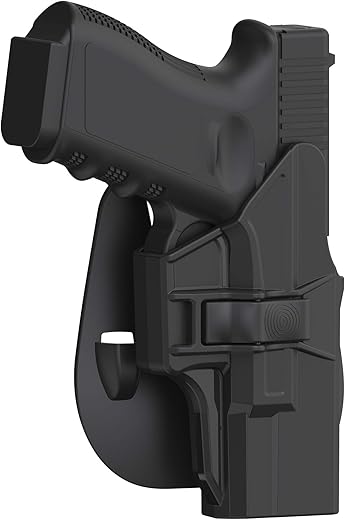
In this step-by-step guide, we will walk you through everything you need to know about training and practicing with your Glock holster. Holsters are an essential accessory for Glock owners, as they provide a secure and convenient way to carry your firearm. This guide aims to help you become proficient in using your holster effectively and safely. We will cover topics such as choosing the right holster, proper drawing and reholstering techniques, and practical exercises to improve your skills. By following this guide, you will gain the knowledge and confidence to handle your Glock holster like a pro.
Top Picks for Glock Holsters
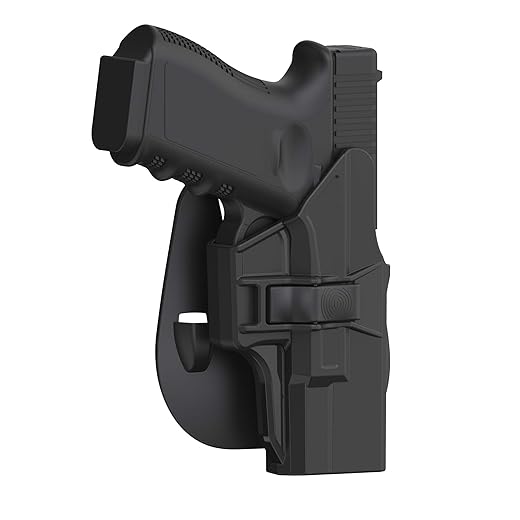
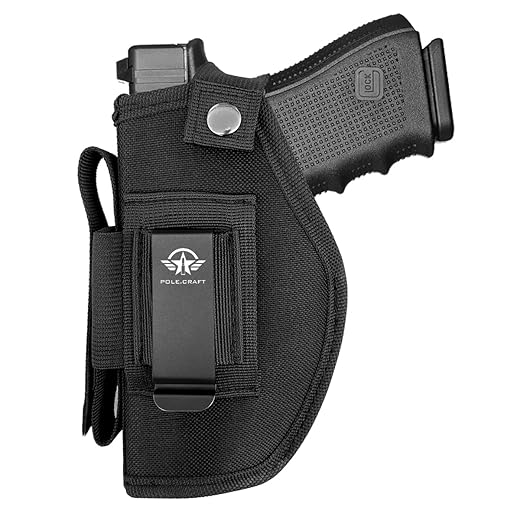
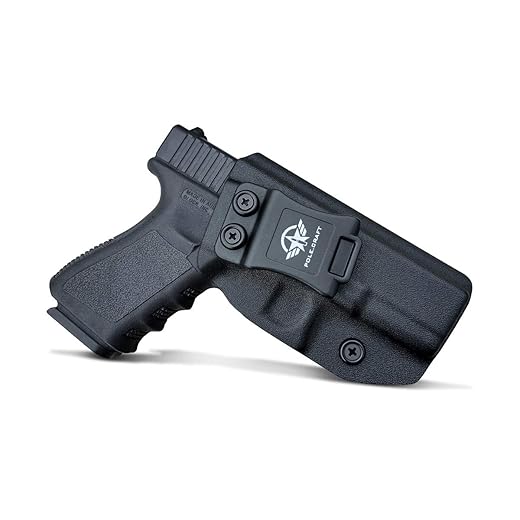
Mastering the Art of Quick Fire: Enhancing Your Drawing and Shooting Skills #shooting #holster #draw #glock #training #trigger
Choosing the Right Holster
When selecting a holster for your Glock model, it is crucial to choose one that is specifically designed for your firearm. This is important because holsters that are designed for specific Glock models are made to fit the gun perfectly, ensuring a secure and snug fit. A properly fitted holster not only keeps your firearm in place but also prevents it from shifting or falling out during everyday activities or movements.
There are different types of holsters available for Glock models, each offering unique features and benefits. One popular type is the Inside the Waistband (IWB) holster, which is worn inside your pants or skirt. These holsters are great for concealed carry as they keep your firearm close to your body, making it easier to conceal. Another option is the Outside the Waistband (OWB) holster, which is worn on the outside of your clothing. OWB holsters provide quick and easy access to your firearm and are ideal for open carry or range use. Additionally, there are shoulder holsters, ankle holsters, and pocket holsters, each with their own advantages and considerations.
When choosing a holster, there are a few factors to consider. Firstly, think about your intended use for the holster. Will you be carrying concealed or open? Will you be using it for everyday carry or specific activities such as hiking or running? Secondly, consider your personal preferences in terms of comfort and accessibility. Some holsters offer adjustable cant angles and retention levels, allowing you to customize the draw and fit to your liking. Lastly, ensure that the holster is made of high-quality materials and has a reputable brand or manufacturer behind it. This will ensure durability and reliability when carrying your Glock model.
Familiarizing Yourself with the Holster
To ensure safe and efficient use of your holster, it is essential to understand its various components and features. Follow these step-by-step instructions to properly handle and familiarize yourself with your holster:
- Inspect the Holster: Begin by examining the holster closely. Look for any defects or damage, such as loose stitching or broken straps. Ensure that the holster is clean and free from any debris or obstructions that could interfere with its functionality.
- Identify the Retention Mechanism: Most holsters have a retention mechanism designed to securely hold your firearm in place. Familiarize yourself with this mechanism, whether it’s a thumb break, strap, or tension screw. Practice releasing and engaging the retention mechanism until you feel comfortable with it. For example, if your holster has a thumb break, practice using your thumb to release it smoothly and quickly.
- Adjust the Holster: Holsters often come with adjustable features to customize the fit and draw of your firearm. Locate any tension screws, straps, or other adjustment mechanisms on your holster. Experiment with these to find the optimal fit for your firearm. For instance, if your holster has an adjustable cant, try different angles to determine which provides the most comfortable and efficient draw for you.
- Practice Drawing and Reholstering: With an unloaded firearm, practice drawing your weapon from the holster and then reholstering it. Pay attention to the smoothness of the draw and reholstering process. Ensure that your finger remains off the trigger until you have a proper sight picture and are ready to fire. Repeat this process until you feel confident and comfortable with the holster’s functionality.
By following these instructions and becoming familiar with the components and features of your holster, you will ensure safe and efficient use when carrying your firearm. Remember, regular practice is key to developing proficiency and confidence in handling your holster effectively. Stay safe and enjoy your shooting experience!
Practicing Drawing and Holstering
To safely practice drawing and holstering your Glock, it is important to follow proper technique and take necessary safety precautions. Here is a step-by-step guide to help you through the process:
- Stand in a safe and clear area where there is no risk of injury to yourself or others. Ensure that your firearm is unloaded and that there is no ammunition nearby.
- Start by placing your Glock securely in its holster, ensuring it is properly seated and locked in place. Familiarize yourself with the retention device and make sure it is adjusted correctly for a secure fit.
- Stand with your dominant side facing the target. Keep your finger off the trigger, pointing straight along the frame of the firearm until you are ready to shoot.
- Position your non-dominant hand on your chest or in a non-interfering position, away from the holster. This hand will not be involved in the drawing process.
- Using your dominant hand, grip the firearm firmly with your index finger resting along the frame. With a smooth and controlled motion, push down on the retention device to release it while simultaneously establishing a firm firing grip on the firearm.
- Draw your Glock from the holster in a straight and deliberate motion. Bring the firearm up to eye level, aligning the sights with your target.
- Ensure that your finger is kept off the trigger until you are ready to shoot. Once you have confirmed your target and are ready to engage, place your finger on the trigger and take the appropriate action.
Remember, safety should always be your top priority when practicing drawing and holstering your Glock. By following these guidelines and using proper technique, you can develop your skills while ensuring the well-being of yourself and those around you. Happy practicing!
Mastering Holster Retention
Holster retention is a critical aspect of carrying a firearm safely and securely. It refers to the ability of a holster to keep your Glock securely in place, even during vigorous movement or physical altercation. Different retention systems are commonly found in Glock holsters, each offering varying levels of security. The most popular retention systems include thumb break, friction fit, and active retention mechanisms such as retention screws or levers.
To master holster retention, it is important to familiarize yourself with your specific holster and its retention system. Start by carefully reading the manufacturer’s instructions to understand how the retention system works and how to adjust it if necessary. Next, practice drawing and reholstering your Glock repeatedly, paying close attention to the feel and sound of the retention system engaging.
GUNS.com Early Black Friday Door Busters
Guns.com Now has Gift Cards! Click For Details! GDCEarly Black Friday Door Busters: WALTHER PPQ M2 ONLY $275.99
Early Black Friday Door Busters: TOKAREV TAR 12MP ONLY $227.99
Early Black Friday Door Buster: GLOCK G45 GEN 5 FACTORY REFURBISHED ONLY $429.99
Early Black Friday Door Buster: KOMANDO DEFENSE 9MM 115GR (CASE OF 1K) ONLY $229.99
Early Black Friday Door Busters: FN HIGH PERFORMANCE 5.7X28MM BULK (500 RDS) ONLY $275.99
Early Black Friday Dorr Busters: PANZER ARMS PA37 ONLY $329! GDC
Black Friday early Access: Buy a gun Ammo Ships Free! GDC
Black Friday early Access sale: $99 Derringers! GDC
To enhance your mastery of holster retention, here are a few tips and techniques to follow:
- Develop a consistent and deliberate drawing motion: Practice drawing your Glock from the holster using a smooth and controlled motion. This will help ensure that you disengage the retention system properly and efficiently.
- Maintain a firm grip: As you draw your Glock, maintain a firm grip on the firearm to ensure it remains secure in your hand. This is especially important when dealing with holsters that have minimal retention or friction fit systems.
- Train with realistic scenarios: Incorporate dynamic movement and different shooting positions into your training sessions. This will help you become more accustomed to the feel and response of the retention system when under stress.
- Regularly check and adjust the retention system: Over time, the retention system may loosen or wear out. Periodically inspect your holster and make any necessary adjustments to ensure optimal retention.
By understanding the concept of holster retention and implementing these tips and techniques, you will be well on your way to mastering the safe and secure use of your Glock holster. Remember, practice makes perfect, so dedicate time to honing your skills and building muscle memory for a smooth and efficient draw.
Holster Maintenance and Care
Regular maintenance and care for your Glock holster is essential to ensure its longevity and optimal performance. By following these simple steps, you can keep your holster clean, lubricated, and properly stored.
- Cleaning: Start by removing your Glock from the holster. Use a soft cloth or brush to remove any dust, dirt, or debris that may have accumulated on the holster. For stubborn dirt, you can use a mild soap solution and gently scrub the affected area. Avoid using harsh chemicals or solvents as they may damage the holster’s material. Rinse the holster with clean water and pat it dry with a towel. Ensure that the holster is completely dry before proceeding to the next step.
- Lubrication: Apply a small amount of gun-specific lubricant to the moving parts of the holster, such as the retention mechanism or any adjustable components. Be careful not to over-lubricate, as excess oil or grease can attract dust and dirt. Wipe off any excess lubricant with a clean cloth to prevent buildup. Lubrication helps maintain smooth operation and prevents any potential stiffness or wear over time.
- Storage: Store your Glock holster in a cool, dry place away from direct sunlight or extreme temperatures. Avoid storing it in a tight space where it may become deformed or lose its shape. If your holster has adjustable retention screws, it’s a good practice to loosen them slightly during long-term storage to reduce unnecessary stress on the holster’s material. Additionally, keep your holster away from sharp objects that could cause damage.
By following these maintenance and care instructions, you can ensure that your Glock holster remains in excellent condition, providing you with a reliable and secure carrying solution for years to come. Stay safe and enjoy using your holster!
Final Thoughts and Takeaways
In conclusion, training and practicing with your Glock holster is crucial for both safety and proficiency. Throughout this guide, we’ve highlighted key points such as finding the right holster, understanding proper draw techniques, and incorporating realistic scenarios into your training. By investing time and effort into honing your skills, you’ll not only enhance your ability to handle your Glock safely but also improve your overall proficiency. Remember, regular practice is the key to mastery. So, keep training, stay safe, and enjoy the benefits of becoming a confident and skilled Glock holster user.





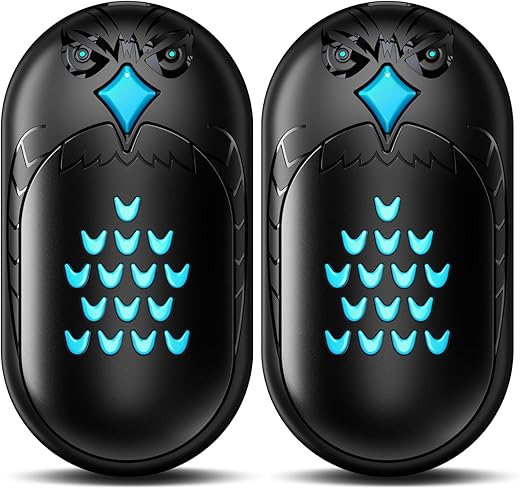




Thank you for sharing your experience! Choosing the right holster is indeed crucial for a comfortable and secure carry. It’s great to hear that the guide helped you make an informed decision. The Kydex OWB holster is a popular choice for Glock owners, and I’m glad it’s working well for you.
I found the step on choosing the right holster very helpful. I recently purchased a Glock 19 and wasn’t sure which holster would be the best fit for me. The guide provided some great tips on factors to consider, such as the type of carry (inside the waistband or outside the waistband) and the material of the holster. I ended up going with a Kydex OWB holster and it has been working great for me.